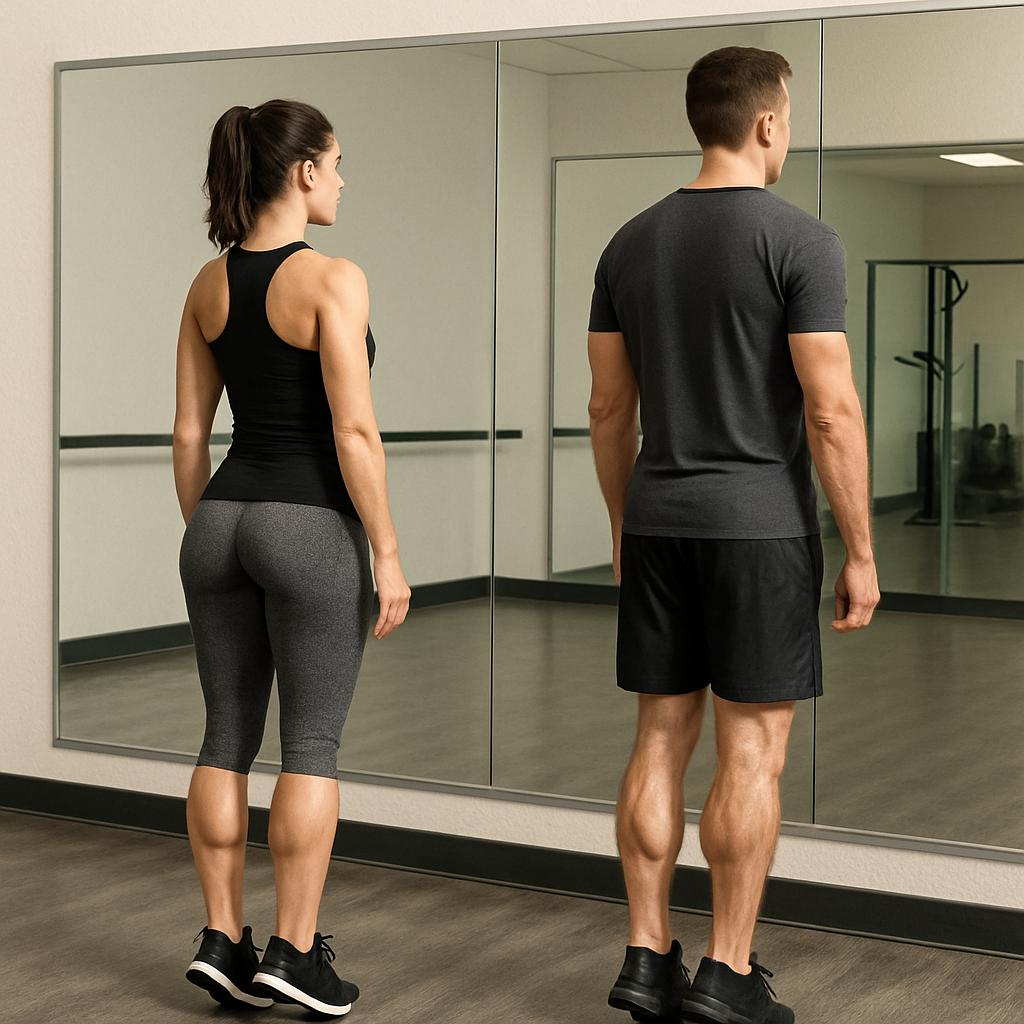Yes, it’s generally safe to do calf raises every day if you use light intensity and proper form. However, daily heavy or high-volume calf raises can increase your risk of overuse injuries. For most people, training calves 2–4 times per week is ideal for building muscle, improving strength, and supporting long-term joint health.
Understanding when and how often to do calf raises is crucial for safe and effective lower body workouts. This guide explains the best practices, current science, and how you can safely include calf raises in your routine—whether your goal is fitness, sports performance, or daily mobility.

What Are Calf Raises and Why Are They Important?
Calf raises are a simple yet powerful exercise that targets the two main muscles in your lower leg: the gastrocnemius and the soleus. Performing calf raises regularly helps:
- Strengthen your calves and ankles
- Improve balance and stability
- Support injury prevention
- Enhance sports and daily performance
Experts agree that strong calves are vital for runners, athletes, and anyone wanting healthy joints and posture (ACE Fitness, 2024).
Can You Safely Do Calf Raises Every Day?
You can do calf raises every day if you stick to low-intensity, bodyweight exercises and listen to your body. For example, light daily sets can improve ankle mobility, circulation, and blood sugar regulation—especially for older adults or those in rehabilitation (The Times, 2024).
But daily heavy calf workouts (like using weights or doing high reps/sets) can cause:
- Muscle fatigue and soreness (can last up to 3–5 days)
- Overuse injuries (strains, tendonitis)
- Diminishing returns in strength or size gains
Key Factors for Safe Daily Calf Raises
- Intensity matters: Keep daily sessions light if done every day.
- Volume: Limit sets and reps; avoid training to muscle failure daily.
- Form: Use slow, controlled movements to avoid joint stress.
- Listen to your body: Rest if you feel persistent soreness or pain.
How Often Should You Train Calves for Best Results?
Leading trainers and exercise scientists recommend 2–4 calf workouts per week for optimal growth and strength (RP Strength, 2024). This approach gives your muscles enough stimulus and time to recover.
Typical Weekly Calf Training Plan
| Frequency | Best For | Details |
|---|---|---|
| 2–3x per week | Most people, muscle growth | 2–4 sets, 8–15 reps, weighted |
| 4x per week | Advanced, athletes | Mix heavy & light days |
| Daily (light) | Mobility, rehab, endurance | 1–2 sets, bodyweight, low reps |
Tip: Vary your calf raise style (standing, seated, single-leg) to target both calf muscles and prevent plateaus.
Benefits of Calf Raises
- Boosts balance and stability: Essential for runners and active adults.
- Supports injury prevention: Strong calves reduce ankle and Achilles tendon injuries (NIH Study, 2023).
- Aids daily function: Improved push-off and walking mechanics.
- May help metabolic health: Light, frequent calf raises can help regulate blood sugar in older adults (The Times, 2024).
Risks and Downsides of Doing Calf Raises Every Day
While light, daily calf raises are generally safe, doing too much too often can be counterproductive.
Common Risks
- Soreness & fatigue: Overtraining can leave calves sore for days.
- Overuse injuries: Strains and tendonitis from insufficient rest.
- Stalled progress: Muscles need recovery time to adapt and grow.
- Form breakdown: Fatigue may lead to improper movement, risking injury.
Always balance training with recovery and monitor for persistent soreness or pain.
Tips for Safe and Effective Calf Training
- Start slow: Begin with 2–3 weekly sessions before increasing frequency.
- Prioritize form: Keep movements controlled and avoid bouncing.
- Use variety: Mix standing, seated, and single-leg raises.
- Rest and recover: Take at least 1 rest day between hard sessions.
- Stretch after workouts: Focus on both the gastrocnemius and soleus muscles.
- Consider massage or foam rolling: Helps prevent tightness and promotes recovery.
If you’re unsure about the right plan, consult a certified personal trainer or check with a healthcare provider—especially if you have existing leg or joint issues.
Frequently Asked Questions
Is it bad to do calf raises every day?
No, if done with light resistance and proper form. Heavy, daily calf raises aren’t recommended due to overuse risk.
How long do calves need to recover?
1–2 days after a hard workout is usually enough. Listen to your body and adjust as needed.
What’s the best rep range for calf raises?
For strength: 8–15 reps per set. For endurance or mobility: 15–30 bodyweight reps.
Can I build bigger calves with daily training?
Muscle growth is best with 2–4 focused sessions per week, not daily heavy workouts.
Conclusion
Light, daily calf raises can support mobility and circulation, but for muscle growth and strength, aim for 2–4 targeted workouts per week with rest days in between. Always prioritize good form, proper recovery, and listen to your body for the best—and safest—results.
Ready to strengthen your lower legs? Start slow, progress smart, and enjoy the benefits of healthy, powerful calves!
